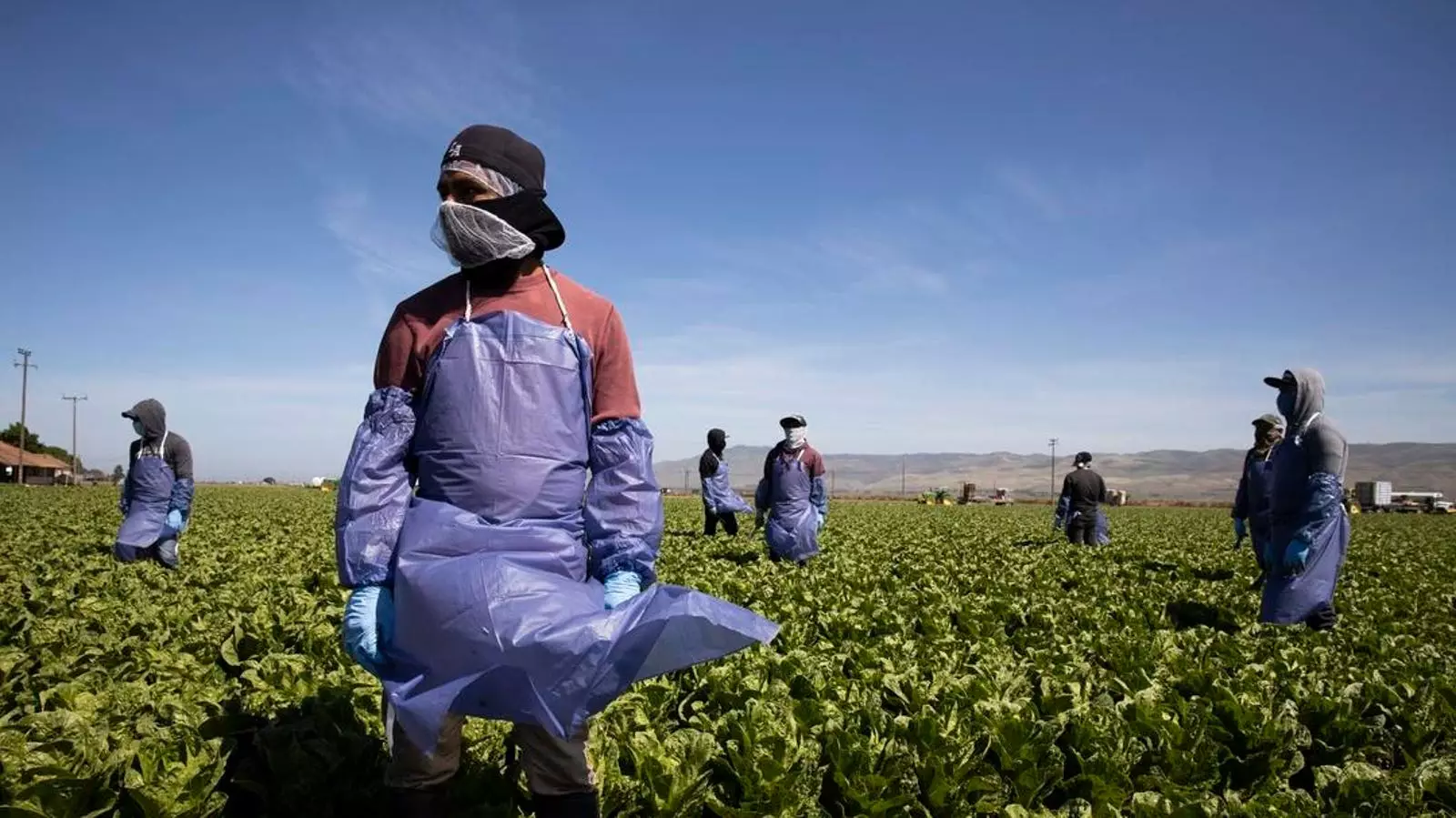The recent legal maneuvers surrounding the Department of Labor’s new H-2A visa rule shed light on the intricate relationship between immigration, labor rights, and agricultural economics in the United States. As various organizations file lawsuits to challenge the new regulations, the ongoing debate highlights the struggles between promoting fair labor practices and maintaining operational flexibility for agricultural employers.
On June 28, 2024, the Department of Labor (DOL) made headlines by publishing a final rule regarding H-2A visas. The rule aims to ensure that agricultural employers do not intimidate or discriminate against workers engaging in self-organization activities, thereby expanding the labor rights for H-2A visa holders. While the DOL asserts that the rule does not compel employers to recognize labor organizations or undertake collective bargaining, the implications of this regulation are contentious. Farm and business organizations argue that it unlawfully extends labor rights that agricultural workers have traditionally been exempt from under the National Labor Relations Act (NLRA) of 1935.
Despite the DOL’s claims, critics assert that the rule effectively imposes NLRA-like protections on agricultural employees, who have historically been sidelined from such entitlements. These plaintiffs contest that the DOL is overstepping its jurisdiction by invoking immigration laws to shape labor relations in agriculture, raising critical questions about regulatory overreach.
In October 2024, a coalition of plaintiffs, including the International Fresh Produce Association and the U.S. Chamber of Commerce, filed a lawsuit against the DOL in the U.S. District Court of the Southern District of Mississippi, seeking to block the implementation of the H-2A rule. This robust group insists that the DOL is unlawfully attempting to intervene in labor relations where it lacks statutory authority. They posit that the Immigration Reform and Control Act (IRCA) cannot be interpreted as a basis for the DOL’s aggressive regulatory posture since agricultural workers have traditionally been ommissive from federal labor protections.
The plaintiffs highlighted perspectives on the legality and constitutionality of the ruling, citing the First Amendment. They pointed out that an employer’s right to communicate with employees about workplace conditions should not be curtailed by government regulations, drawing from significant judicial precedents that uphold this right. Legal experts predict that the court’s verdict on this matter could redefine the contours of agricultural labor relations in the United States.
Proponents of H-2A visas argue that the structured legal framework of these visas plays a critical role in lessening illegal immigration. Statistics reveal a marked increase in the use of H-2A visas from 37,149 in FY 2006 to 310,676 in FY 2023, mainly among Mexican workers. This correlates with a significant decline in unauthorized border crossings, signifying that expanding lawful working options can actually help mitigate illegal immigration concerns.
However, if the regulatory framework surrounding H-2A visas becomes too burdensome, advocates warn that it could revert to fostering illegal entry by making these legal pathways less appealing. The tension between worker protections and the operational realities faced by farmers finds itself at the heart of this discussion, as failure to preserve an adequate labor supply could compel employers to revert back to less regulated employment practices.
The controversy isn’t just legal; it is steeped in political and economic ramifications as well. Leaders in the agricultural sector argue that the new DOL rule diminishes their ability to manage workforce requirements, ultimately complicating the agricultural labor market. Jon Baselice, a notable figure at the U.S. Chamber of Commerce, has indicated that the rule impedes the operational landscape, potentially harming the US food supply chain, already facing pressures from global disruptions and climate change.
Ken Fisher, president of AmericanHort, also voiced concerns related to employer communications with employees, labeling the rule as a serious restriction on business practices. This resounds the sentiment among farmers and agricultural businesses that balancing strict regulatory frameworks with practical operational needs is increasingly challenging.
As the lawsuit against the DOL unfolds, the intersections of immigration, labor law, and agricultural productivity will remain a high-stakes arena. The outcome will not only impact U.S. labor relations but could also set a significant precedent for future policy-making in agriculture and labor. Stakeholders across the spectrum will need to engage in a nuanced dialogue to ensure that any new regulations support both the rights of workers and the needs of employers, cultivating a sustainable agricultural economy in the United States. The legal battle to come serves as a reminder of the delicate balance between safeguarding workers’ rights and promoting the operational capabilities of one of the nation’s most crucial industries.


Napsat komentář